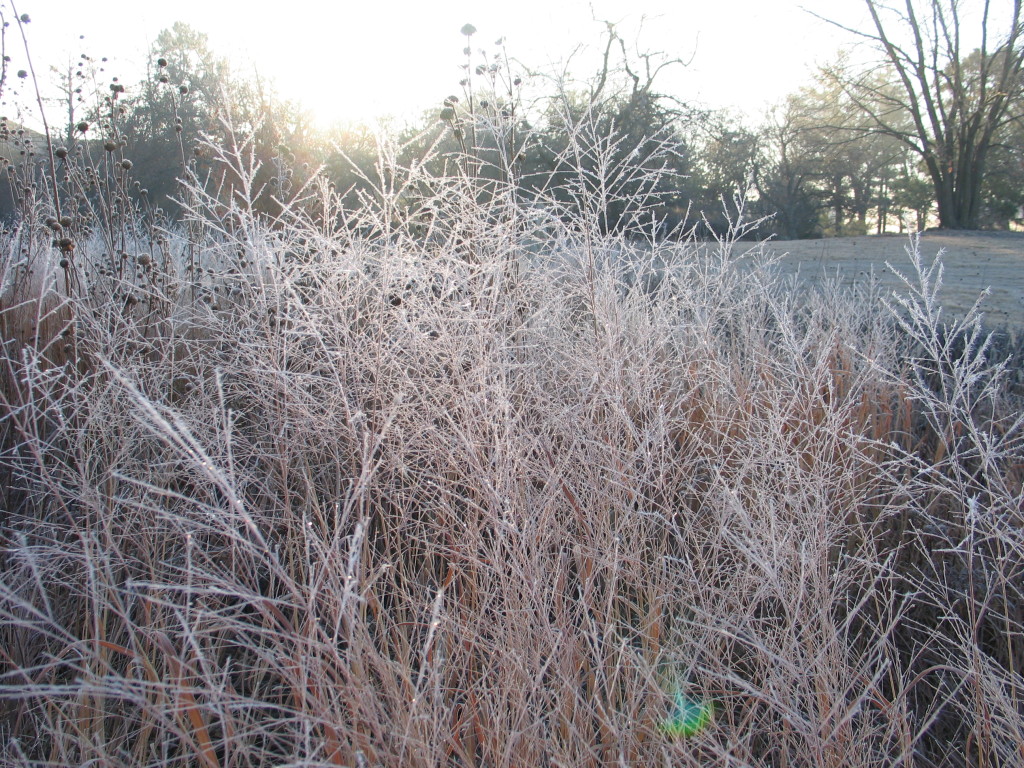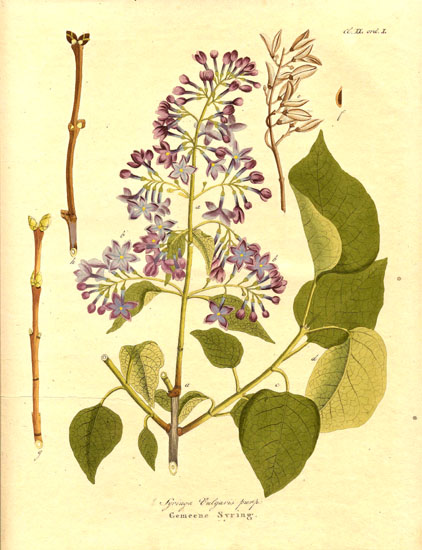Though we surely still have a few cold days ahead, it is clear that spring is approaching. This warm spell is bringing the birds out singing and I spy little bits of green sprouting in our clumps of native grasses. This is a sign that it is time to think about spring clean up and preparing garden beds for new growth. Here are a few guidelines that I am following as I begin to tidy up the arboretum.
DON’T …
…start your garden clean up when the ground is too soft. If the soil is still overly moist from the winter wet, you will be creating compaction everywhere you and your wheelbarrow go. If it is truly muddy, the aftermath of your foot traffic could result in uneven ground, squished or exposed roots, and new puddling areas. I know we are all itching to get outside and play in the dirt, but if your garden spot is still soaked, wait.

When cleaning up large areas of native grass, I hop on the mower and let it fly! If you are mowing your grasses, be sure to set the blades up higher than usual so you don’t strip away new sprouts.
DO …
…cut back all those tall native grasses. It is nice to leave them standing through the winter to add color and interest to the winter landscape, but now is the time to shear them back, leaving only 4 to 6 inches left. Make sure to give grasses a haircut early in the spring so that the new growth doesn’t become entangled with the old, creating quite a hassle. And if you didn’t clear away all your annuals last fall, make haste! Soggy and molding annual debris is the wrong kind of compost and can lead to garden disease, providing nesting sites for microbial pests. Clear it out of there, pronto!
DON’T …
…go hacking away at your woody perennials like a maniac in an effort to neaten them up. Some species bloom on last years wood, others bloom on the current year’s wood. Before taking pruning action, do your research and ensure that you aren’t lopping off the buds of spring flowers.

You will lose out on all the wonderful blooms and aromas if you prune your lilacs in spring. https://commons.wikimedia.org/wiki/File%3ASyringa_vulgaris1.jpg
Lilac (Syringa), Forsythia, Mock-orange (Philadelphus) and Beautybush (Kolkwitzia) are all woody species that should NOT be pruned in the spring because they bloom on last year’s growth. Crypemyrtle (Lagerstromeia) and Butterfly bush (Buddleia) are just the opposite – spring is the perfect time to shape them and remove split or diseased branches. These species benefit from an intense spring pruning, because it jump starts the new growth that buds are formed on.
DO …
…compost as much of your debris as possible. Turn your pain into gain and make your own organic matter to put back in the garden. But be careful – tough-to-contend-with weedy species should not be incorporated into the pile as they will likely reseed themselves. If your compost is well balanced and hot enough at its decomposing center then weed seeds don’t stand a chance … but whose compost pile is that perfect? If I am worried about the seeds of a certain plant coming back to haunt me, I just don’t take the chance.
DON’T stay inside, DO enjoy the outdoors! January and February is the time to make your action plan for the gardening season and when those few warm days hit, get outside and make your plans happen!
